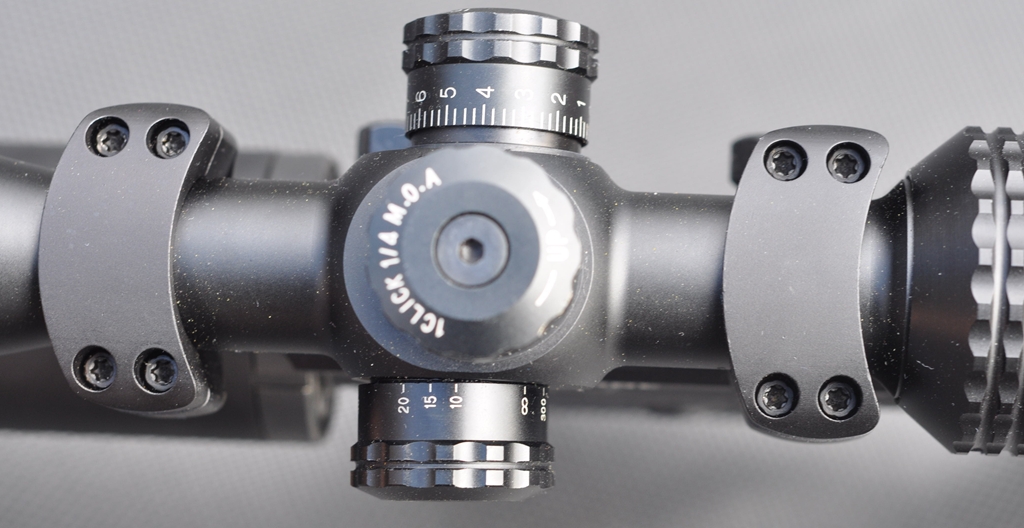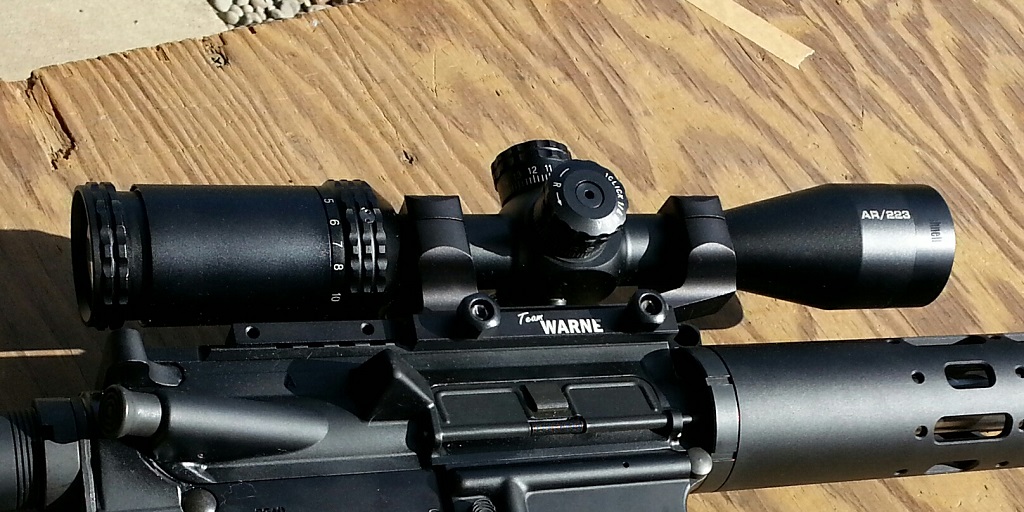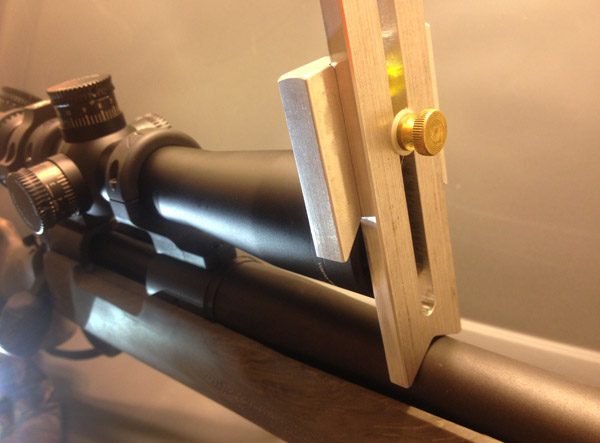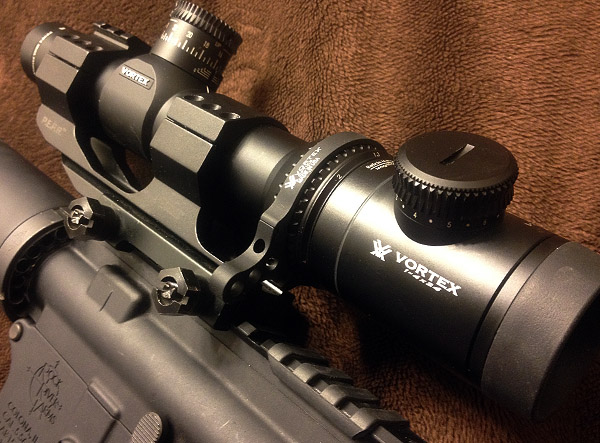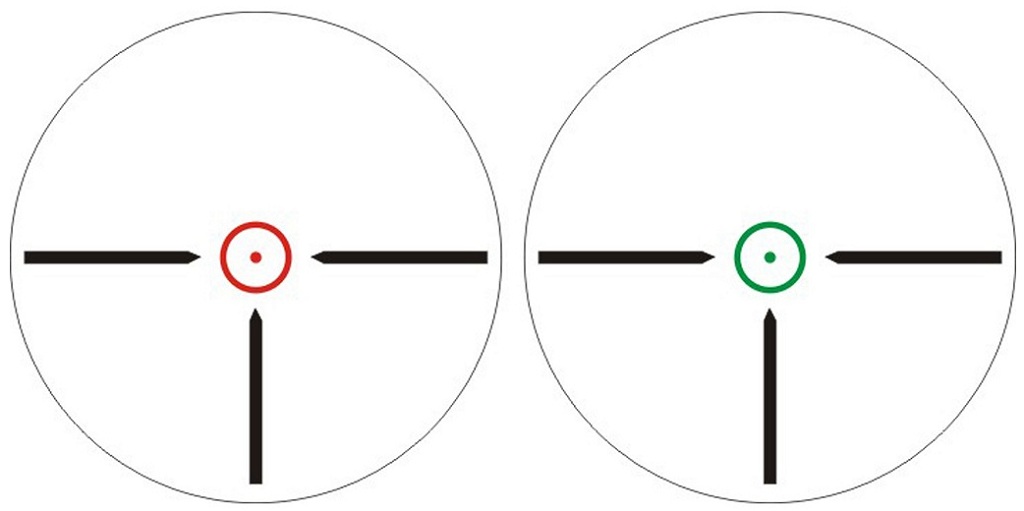ZeroTech Thrive HD
1-8x24 Review
ZeroTech Optics sent Rusty and I one of their new Thrive HD 1-8x24 Low Power Variable Optics (LPVO). For a bit I was trying to decide what to put it on. Then SRU and Foxtrot Mike made the decision for me, by sending me a bullpup kit. The new Thrive HD was a perfect fit. ZeroTech’s new LPVO has some great features, some clear glass, and some other stuff.
The ZeroTech Thrive HD 1-8 is the first LPVO in the Thrive lineup. The Thrive series of optics is primarily built for hunters, but that does not mean that there is not crossover into other types of shooting. In fact, the bullpup kit I mounted it on probably won’t see a day of hunting in its lifetime. Unless the random coyote pops up when I have it on hand. Being that the Thrive HD 1-8 is a second focal plane optic, it does lend itself nicely to hunting. However, the way the reticle is set up also works well for run and gun type competition. I think it is more of a dual duty style of optic.
Construction on the Thrive HD is somewhat simplistic. ZeroTech constructs the 1-8 using 7075 T6 aluminum. 7075 is stronger and lighter than the typical 6061 that a lot of other scope manufacturers use in their $450 price range LPVO’s. It weighs in at 22 ounces, which also falls right in line compared to other LPVO’s. As with most LPVO’s, the Thrive HD uses a 30 mm outer tube diameter. The adjustment turrets are of the capped style. This gives it a clean look. Since this is not a scope for long range work, the capped turrets do not detract from anything.
ZeroTech throws a few “extras” in the box that are pretty nice. Up first is the Thrive HD’s flip up covers. These are not your everyday plastic ones. They are aluminum and screw on. Using the supplied tool, you can tighten them down to your preferred location. This is especially nice for the ocular lens with the fast focus eyepiece. Since you need to focus the eyepiece to your eye, you can then loosen the flip cap, align it, and re-tighten it, so it works correctly. The 1-8 also comes with a removable throw lever. This throw lever uses a little rail type attachment. So one just slides it on and tightens the little screw. Also included is a neoprene style one piece scope cover. It is a really nice cover.
When looking at optics, the reticle can be really important. The Thrive HD 1-8 uses ZeroTech’s PHR 4 illuminated reticle. This reticle, for some reason, reminds me of the old German #1 reticle. It is not even close, but here is my best explanation. The PHR 4 has 3 fairly thick crosshairs, 1 up from the bottom and then 1 on each side. These then reduce down to 0.5 MOA thick lines. These lines extend 7.5 MOA out toward the center reticle. There is then a 2.5 MOA space until the center reticle starts. Yes, there is a center reticle. The center reticle is also the part that illuminates. They call this a floating reticle and is more akin to a standard small thin crosshair reticle. It measures 5 MOA. It also has a 0.5 MOA dot in the center. Of course all of these measurements are at 8x. There are 5 brightness settings on the Thrive HD. On/Off and adjustment are a little different than what you might be used to. On the left side of the scope is the battery cap. In the center of the cap is a button. This button is pressed to turn on the red illumination, in the last setting that was used. Just push it again to cycle through the 5 brightness levels. It cycles from brightest to darkest, and then repeats itself. Since the Thrive HD does not have any shake awake function, you will want to remember to turn it off when done. To do this you just hold the button down for about 3 seconds and the illumination turns off. The brightness is not daylight bright, but is very useful. ZeroTech does not sell the Thrive HD as daylight bright, so I was not expecting it to be.
The Thrive HD 1-8 has capped turrets for adjustment. To adjust the LPVO, you must first remove the caps. Underneath are some decently nice knobs. These are easily adjusted with your fingers. The ¼ MOA clicks are a tiny bit mushy, but can be heard and felt easily enough. The ¼ MOA adjustments are a nice feature. A lot of 1-8 LPVO’s have ½ MOA adjustments. These windage and elevation knobs can also be set to zero, after the initial sighting in. That way you at least have a reference when making further adjustments.
I was impressed with the clarity on the Thrive HD. Looking through it produces clear images with no detectable color differences. It did not seem to matter if it was at 1x or 8x, nothing seemed distorted. However, the eyebox on the 1-8 is unforgiving at 8x. You have to be in just the correct spot to get a good image. At 1x, I did not notice any problems getting a clear picture through the eyebox. This is my only real complaint about the Thrive HD 1-8.
As mentioned, I mounted up the Thrive HD to a bullpup. This required me to put it in a higher optics mount. I used a Geissele 1.93 scope mount and it was perfect for the 1-8. You can read the SRU review to find out why the mount is turned around. I mention this so you get the idea of how I used the Thrive HD. This LPVO is really clear for its price range. I would compare it to some optics that are priced a couple of hundred more. It really shines at 1x with the PHR 4 reticle. Then the 8x gives you enough magnification to identify targets easily. The adjustment ring, with its optional throw lever, operates super smooth. Those flip covers take a little bit of getting used to, they are a bit stiffer than the normal ones I use. All those little add-ins are a nice touch too. The Thrive HD did everything I wanted it to do.
The Thrive HD 1-8x24 is a good option for those looking for a LPVO. It is decently priced for the quality and clarity you get. It has a very useful illuminated reticle. The throw lever, to adjust the magnification, is super smooth. You really get a lot of optic for your money with the ZeroTech Thrive HD line. Go check out Zerotech’s line of optics, they might have something that fits with your shooting style.
Firearms Insider Reviews - Key Points
Claim to Fame:
1-8 power LPVO with a hunting style MOA reticle
Target Market:
Anyone wanting a LPVO in the 1-8 power range
Features, Benefits, and Specifications of this product:
Focal Plane Second (SFP)
Reticle calibrated magnification power: 8x
Magnification Range: 1-8x
Objective Lens Diameter: 24mm
Main Tube Diameter: 30mm
Main tube Material: 7075 – T6
Turret Index Value: 0.25MOA
Internal Elevation Adjustment: 90 MOA
Internal Windage Adjustment: 90 MOA
Parallax Adjustment Range: Fixed 100 Meters
Exit Pupil Diameter: Low: 8mm; High: 3mm
Eye Relief: 3.58-3.94 inches or 91-100mm
Field Of View @100 Meters: Low: 41.6 m; High: 5.1 m
Field of view @ 100 Yards: Low: 124.8 ft; High: 15.5 ft
Lens Coating: Fully Multi Coated (FMC)
Weight: 22 ounces or 624g
Illumination: Yes
Waterproof Rating: IPX7
Aluminum flip covers
Adjustment tool
Neoprene scope cover
What other aesthetic options or finishes are available?
What others are saying?:
Nothing found as of publishing
Link to other reviews:
Price point:
MSRP = $449.00
Retail = Natchez Shooting Supply
I need it now! Availability:
Our Rating:
Pros:
Good clarity
Easy to use reticle
Brightness adjustment
Throw lever
Premium flip covers
Cons:
Tight eyebox
Only 5 brightness levels
No shake awake brightness feature
Score: 7.50 Good
Favorite Link: SRU Bullpup Chassis review






























